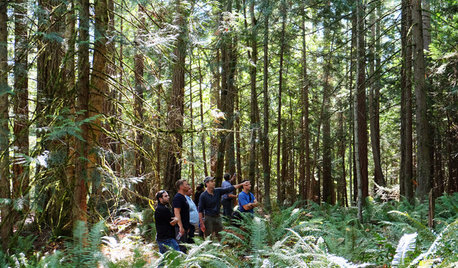Presidential Conifer
acs_webeditor
10 years ago
Related Stories

EARTH DAYA Creek, a Family and a Gift to the Future
Rehabilitating a degraded salmon run gives a family new purpose and a deeper connection with the land
Full StoryQuick! What species has been elected to the White House to serve as the nation's Christmas tree more than any other?
Here is a link that might be useful: And the answer is...




tsugajunkie z5 SE WI ♱
whaas_5a
Related Professionals
Middle Island Landscape Architects & Landscape Designers · Quincy Landscape Architects & Landscape Designers · Saint Matthews Landscape Architects & Landscape Designers · Sand Springs Landscape Architects & Landscape Designers · Alpharetta Landscape Contractors · Eagle Landscape Contractors · Elmhurst Landscape Contractors · Firestone Landscape Contractors · Fort Myers Landscape Contractors · Huntley Landscape Contractors · Mount Kisco Landscape Contractors · Pleasanton Landscape Contractors · Salem Landscape Contractors · Tinton Falls Landscape Contractors · Crowley Landscape Contractorsacs_webeditorOriginal Author
ishcountrygal
pineresin
acs_webeditorOriginal Author
acs_webeditorOriginal Author
Sara Malone Zone 9b
ishcountrygal
acs_webeditorOriginal Author
maple_grove_gw
acs_webeditorOriginal Author
pineresin
fairfield8619
liopleurodon
pineresin
maple_grove_gw
Sara Malone Zone 9b
fairfield8619
123cococo
whaas_5a
pineresin